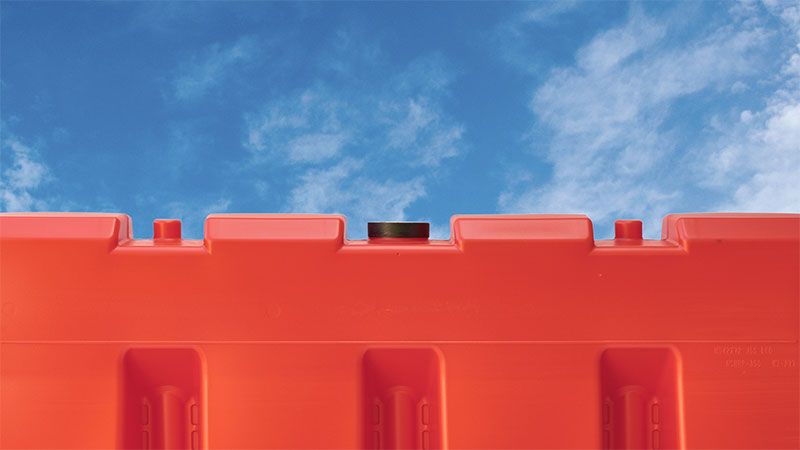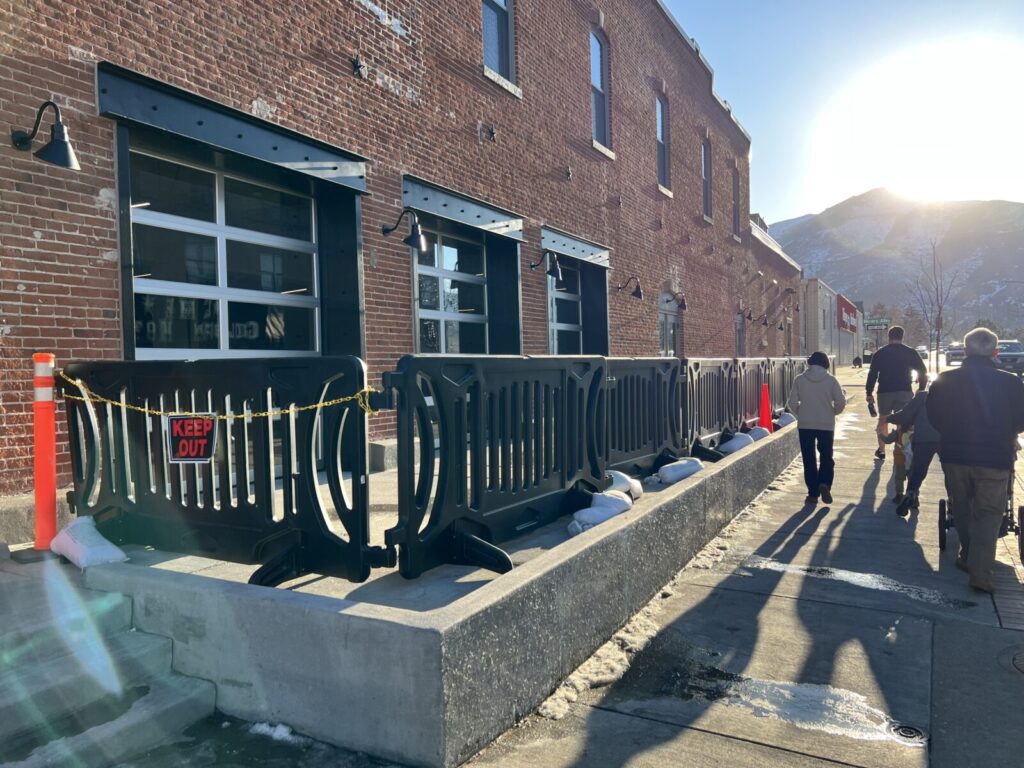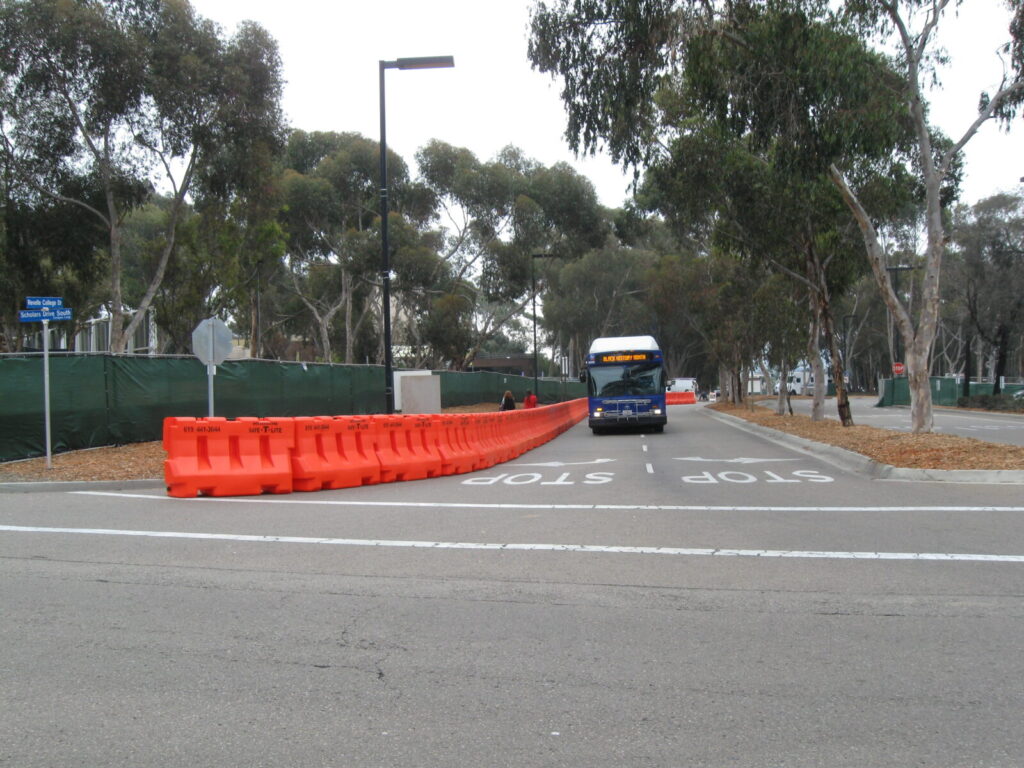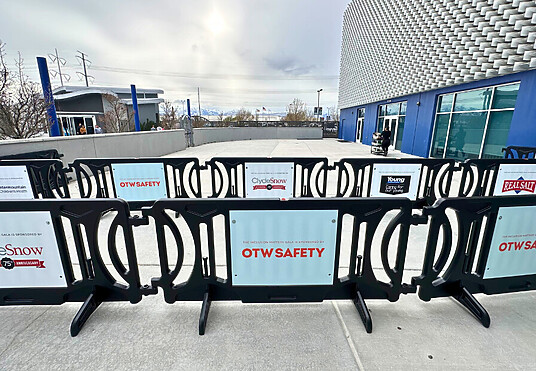What are the most common barriers?

Barricading has been a long-held safety practice across the globe.
There are many barriers and barricades on the market today and each has its place. Construction sites and roadside work areas use barriers every day to help protect their workers, equipment, and progress. Event organizers use temporary barricades to guide and protect guests, block off restricted areas, and showcase sponsorships. What, then, are the most common barriers used?
Crowd control barriers
The event industry is a widely varied one, but many find common ground in the types of barricades that are used. The most common barrier you’re likely to see at any farmer’s market, concert, or festival is a bike rack barricade. These metal blockades have been in use for decades and don’t appear to be leaving the limelight just yet. They were dubbed “bike rack barricades” due to their resemblance to the actual frames created for locking up bicycles in public areas. As they are moveable and stand at a low enough height to easily be seen over, they are frequently used to line pathways or race tracks, as a separation between artists and event attendees, and as blockades to restricted areas.
Crowd barricades, known at OTW Safety as the Billboard Barricade, are also commonly used in the same vein as bike rack barricades. They are the perfect substitution for the more common metal barriers. However, plastic tends to be lighter, more forgiving, and more visible to guests and passersby.
Made of UV-resistant high-density polyethylene (HDPE), they were created with higher safety for all in mind. The strength-to-weight ratio of the plastic barricade is superior to that of steel, and their smooth edges won’t cut or injure. To add to the list of positives, foldable feet make compact storage a breeze.

Construction barricades
The construction industry uses barricades for preventative safety, security, and traffic control, among other things. While you may see flimsy barriers in some circumstances, construction sites generally require a high level of intentionality when it comes to safety measures.
Jersey barricades, like our 42” jersey shape barricade or our 32” jersey shape barricade, are versatile, which makes them one of the most common barricades seen at construction sites and as traffic guidance. Concrete jersey barriers fall into the same category, though they are generally heavier and less versatile than their plastic counterparts.
Both types of barricades, however, are frequently used in conjunction with metal fence panels in order to increase privacy and reduce foreign object debris (FOD). Adding privacy mesh to the fence panels bolsters security even more by concealing what is happening behind the scenes at many construction sites.
Known as k rails in a few states, both of these types of jersey shape barricades are sturdy and durable, used in environments that require heavy security or fuller protection than might otherwise be found.

Road barriers
As many construction sites are found on roadsides and near traffic, jersey shape barricades are often used for both construction and traffic purposes. In high-speed traffic zones, specifically, you might find plastic longitudinal channelizing devices (LCD) such as our 42” jersey shape LCD. while still jersey shaped, these barriers are specifically designed for use in areas where traffic flows more quickly, like on freeways or highways. They are often used as a full separation between a vehicle lane and a roadside construction site. Likewise, concrete jersey barriers are often used as a more permanent demarcation between directions of traffic or between work sites and moving vehicles.
Vertical panel barricades are the jack of all trades when it comes to roadside barriers. They are small and sleek, which means that they can be used in places where a larger barricade might not work. They are often used to delineate opposing lanes of traffic, such as down a city street or in a parking lot. They are excellent as parking spot markers or as indicators that a crosswalk is present.
Barricades are everywhere!
Barricading is a safety practice that likely won’t go out of style anytime soon, as barricades provide safety and security in many industries across the globe. While the types of barricades are many, you’ve just read about the most common barriers used on the market today – which have you seen lately!?


